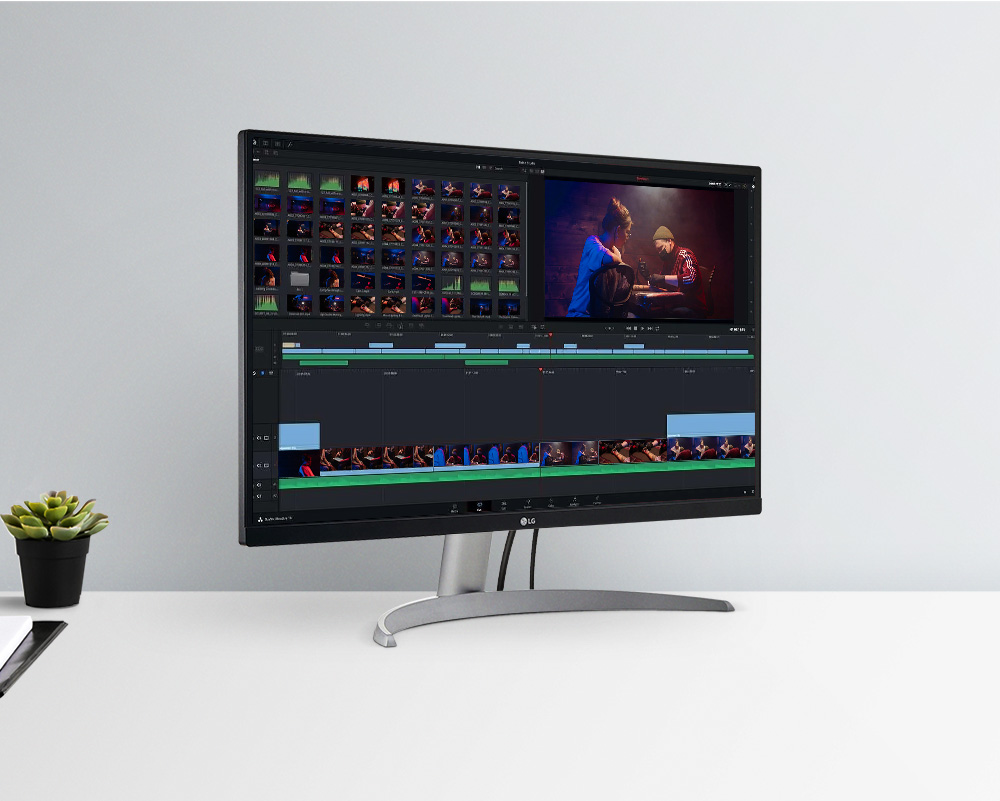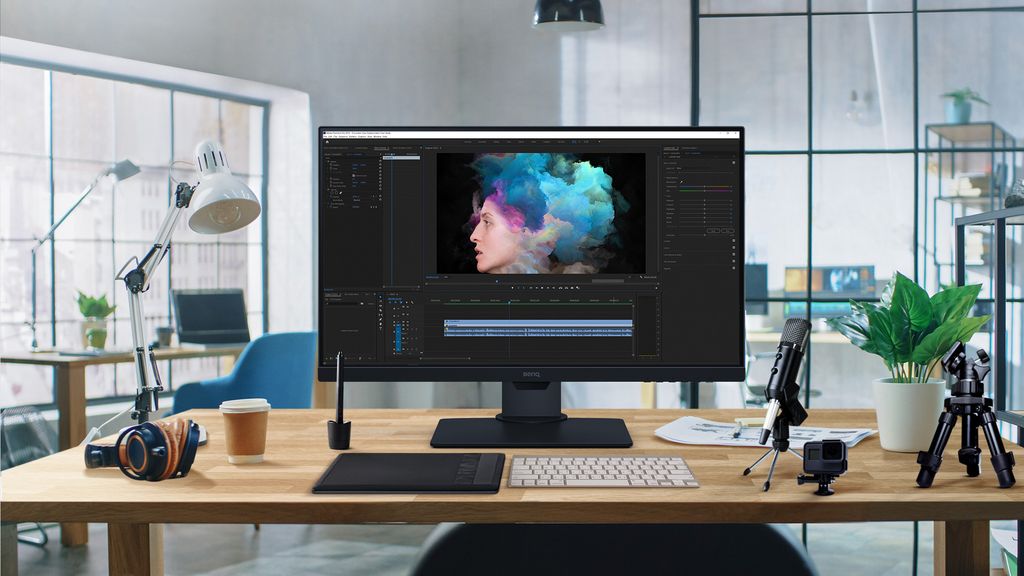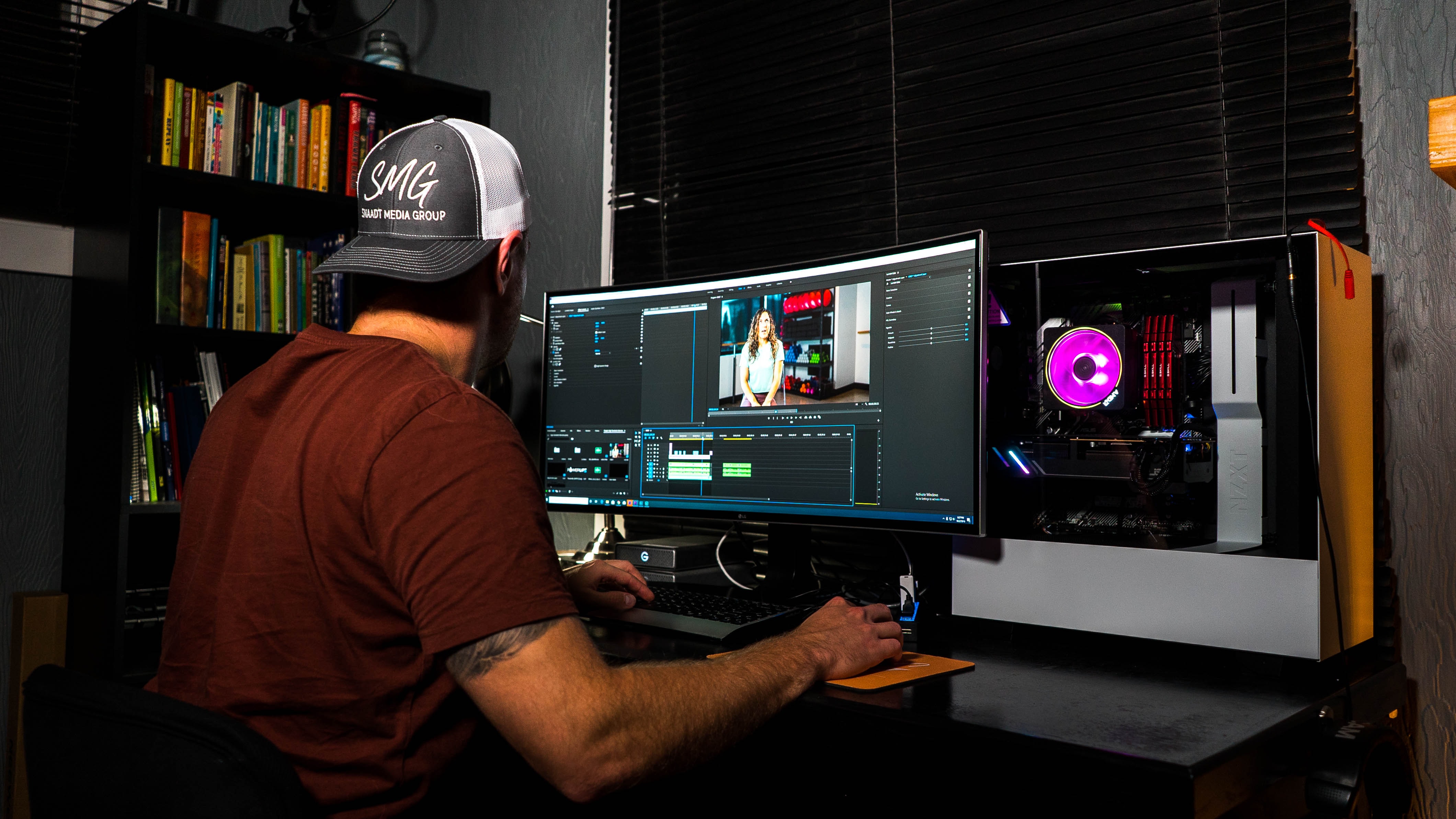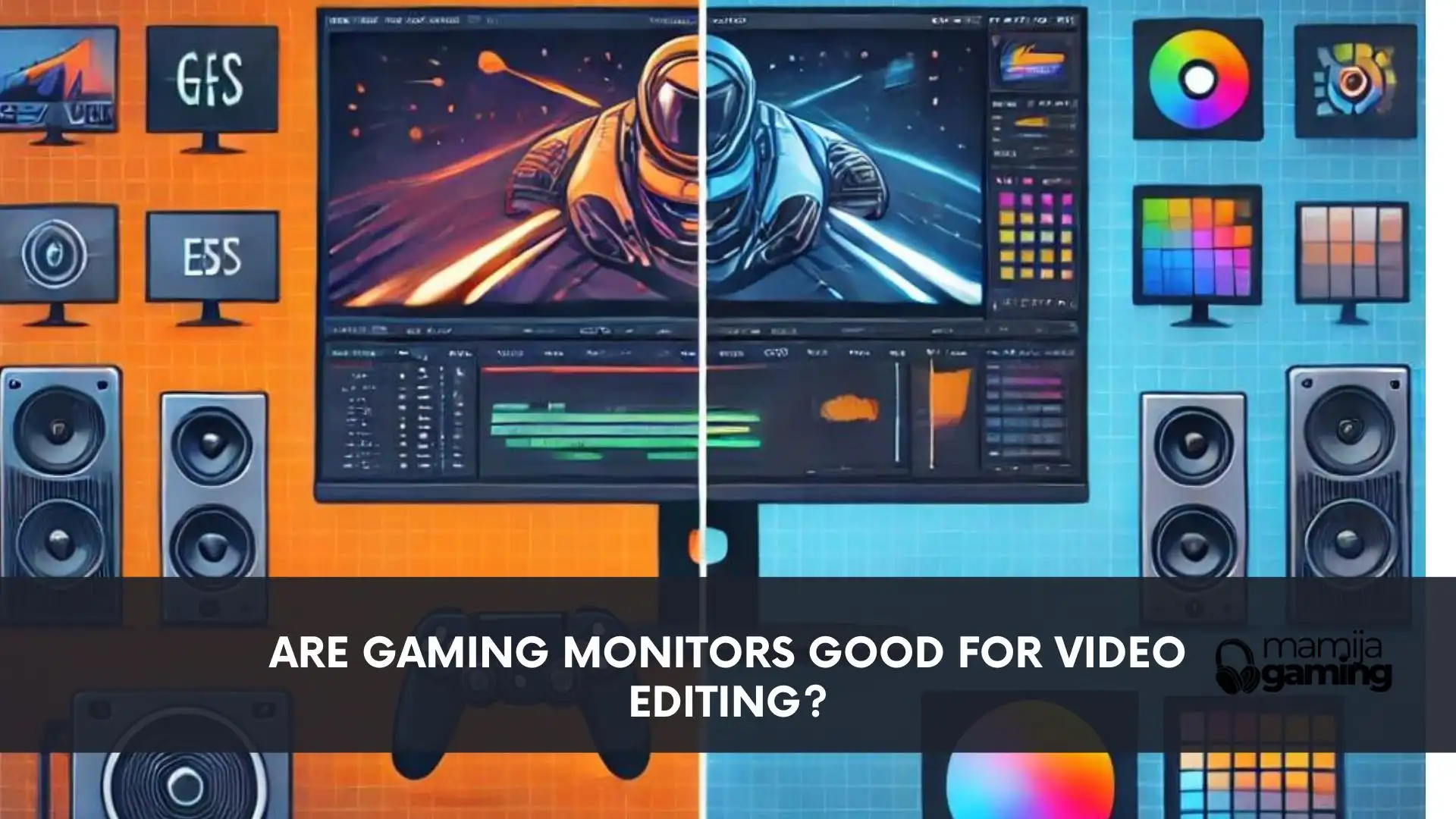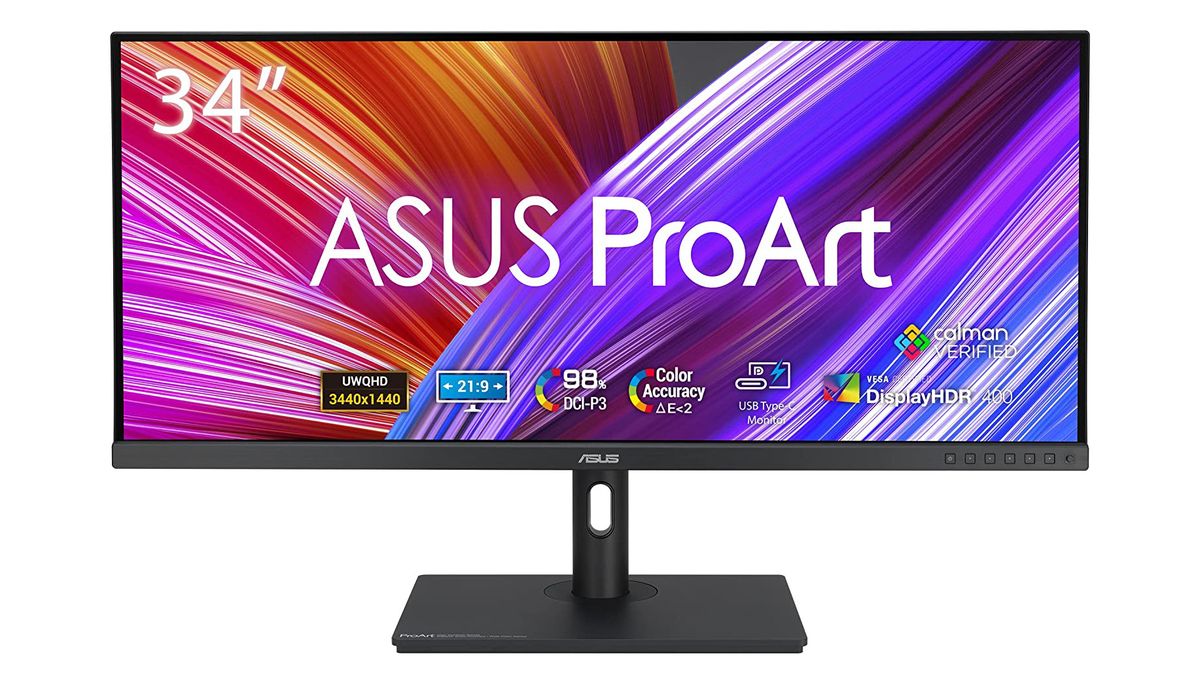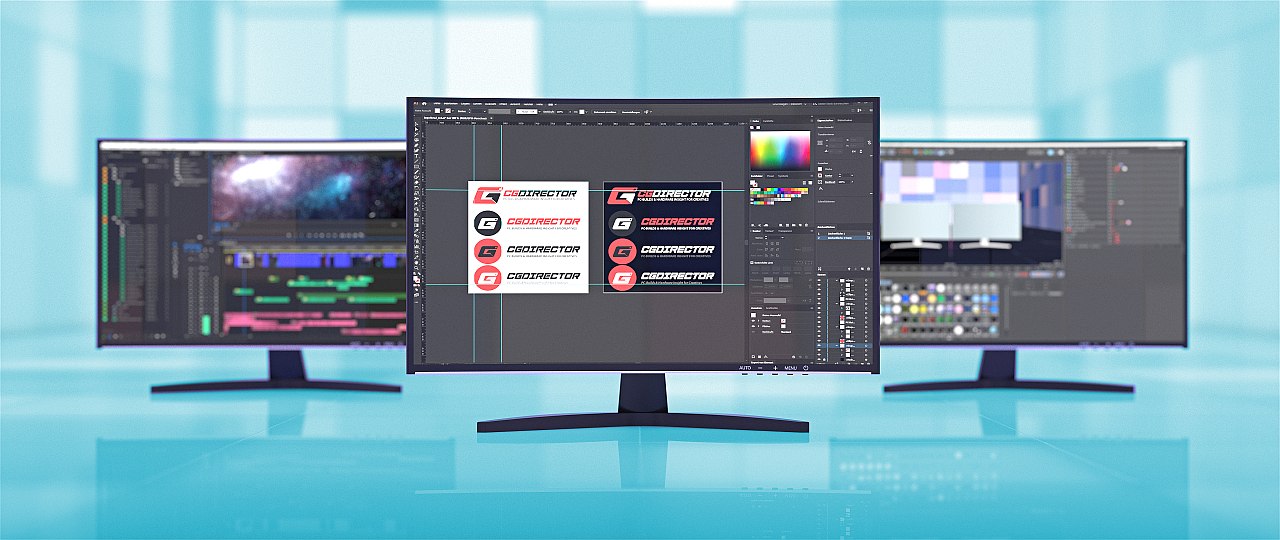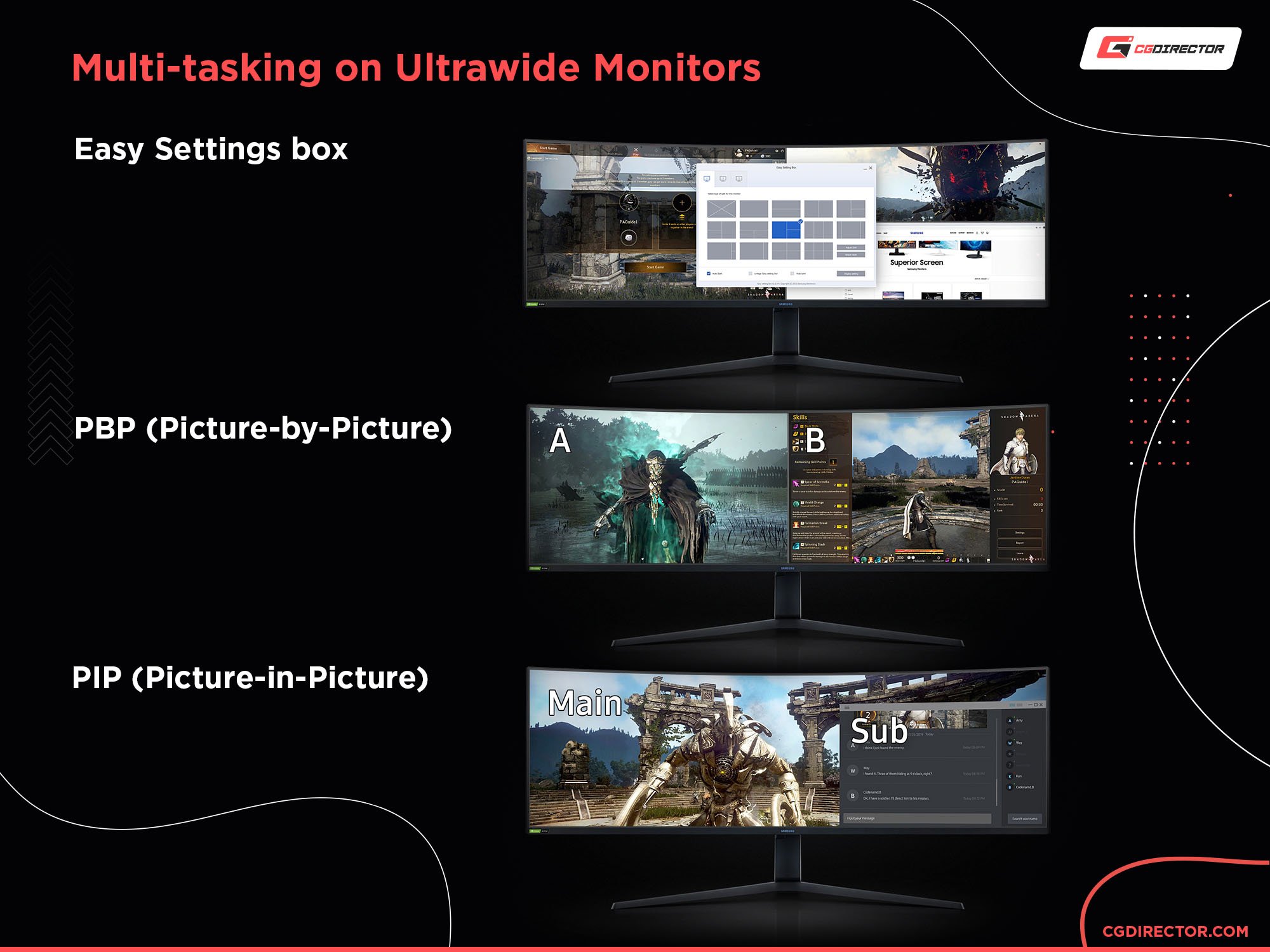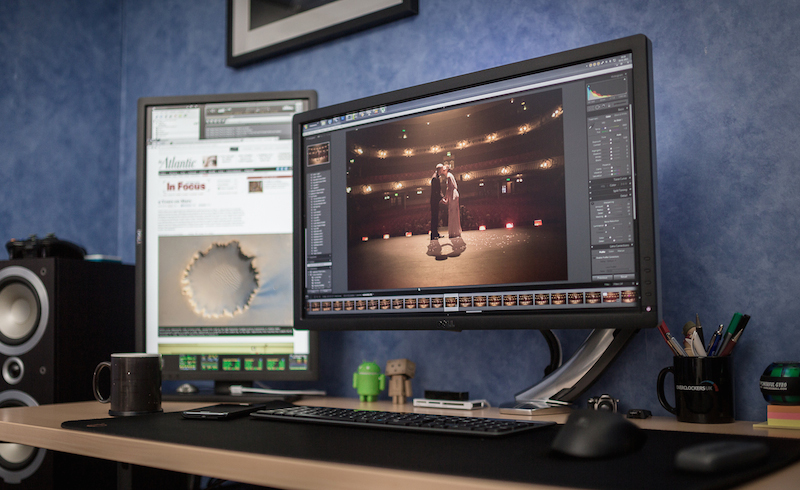What Type Of Monitor Is Good For Video Editing
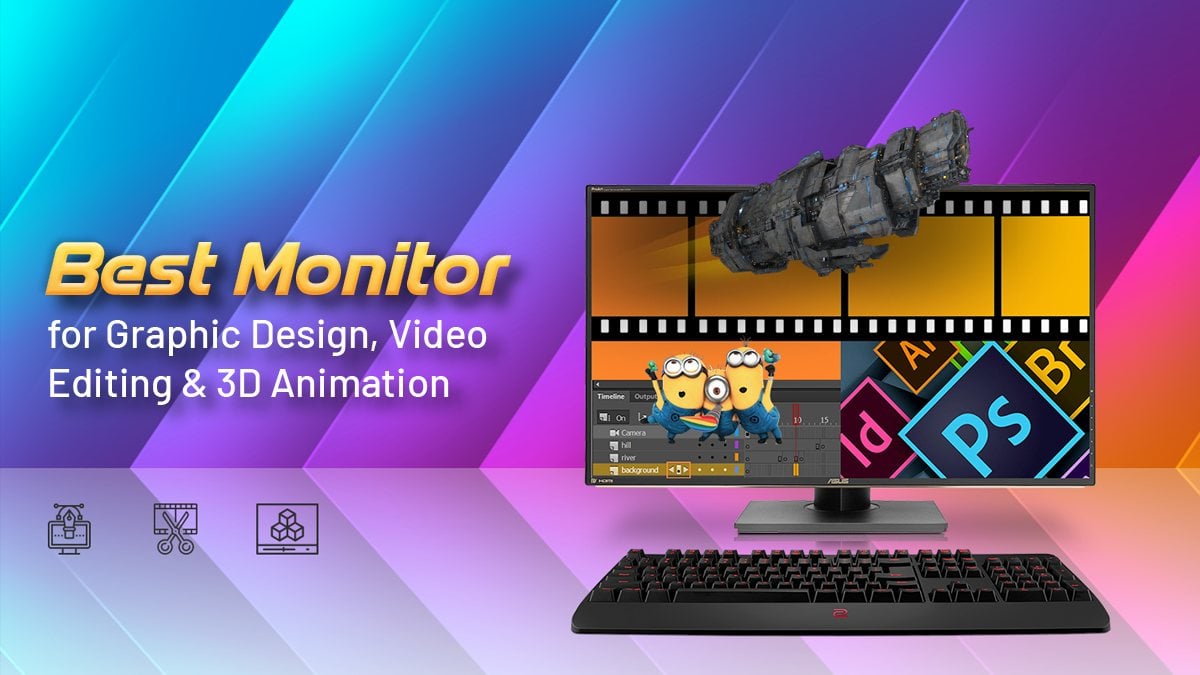
The pursuit of flawless video editing hinges on many factors, from powerful software to robust hardware. Yet, the often-overlooked component, the monitor, can make or break the entire creative process. A subpar display can lead to inaccurate color grading, missed details, and ultimately, a compromised final product. Choosing the right monitor is, therefore, an investment in precision and efficiency.
This article delves into the essential characteristics of monitors suitable for video editing. We'll explore key specifications such as resolution, color accuracy, panel type, and screen size. The goal is to equip video editors with the knowledge needed to select a display that optimizes their workflow and delivers professional-grade results.
Resolution: Seeing the Bigger Picture
Resolution is arguably the most immediately noticeable characteristic. For video editing, a minimum resolution of 1920x1080 (Full HD) is generally recommended. However, as video projects increasingly utilize 4K and even 8K footage, a 4K (3840x2160) monitor becomes increasingly vital.
Higher resolution allows you to view more of your timeline and footage in detail. This translates to increased precision when making cuts, applying effects, and performing color correction.
Beyond 4K: Considering Future-Proofing
While 4K is the current sweet spot for many editors, thinking about the future is also prudent. An 8K monitor might seem excessive now. However, it could offer longevity if you anticipate working with higher resolution content in the coming years.
Color Accuracy: Fidelity is Key
Accurate color representation is non-negotiable in video editing. If your monitor displays colors inaccurately, your final product will likely look drastically different on other screens. This leads to inconsistent results and frustrated clients.
Look for monitors that boast a wide color gamut, covering at least 100% of the sRGB color space. Adobe RGB coverage is even more desirable, especially for professional work. Calibration is also crucial.
A monitor that comes pre-calibrated or supports hardware calibration will ensure the most accurate color reproduction. Tools like X-Rite i1Display Studio or Datacolor SpyderX Pro are widely used for this purpose.
Panel Type: IPS vs. VA vs. TN
The panel type significantly impacts color accuracy, viewing angles, and response time. IPS (In-Plane Switching) panels are generally considered the best choice for video editing due to their superior color accuracy and wide viewing angles.
VA (Vertical Alignment) panels offer good contrast ratios but may suffer from color shifting at extreme viewing angles. TN (Twisted Nematic) panels are typically the fastest, making them popular for gaming, but their color accuracy and viewing angles are generally poor.
For critical color work, IPS remains the gold standard, offering the most consistent and accurate representation of colors across the screen.
Screen Size and Aspect Ratio: Finding the Right Fit
Screen size is a matter of personal preference and workspace limitations. However, a larger screen generally provides a more immersive and efficient editing experience. Consider sizes ranging from 27 inches to 32 inches or even larger for multi-monitor setups.
The standard aspect ratio for video editing is 16:9. Ultrawide monitors with a 21:9 or even 32:9 aspect ratio can offer additional horizontal screen real estate, useful for displaying timelines and multiple editing windows. However, ensure your editing software fully supports these wider aspect ratios.
Connectivity and Other Considerations
Ensure the monitor has sufficient connectivity options, including HDMI and DisplayPort. DisplayPort is generally preferred for higher resolutions and refresh rates. Also, consider features like adjustable stands for ergonomic comfort and built-in speakers, although external speakers are usually preferred for accurate audio monitoring.
The refresh rate is less critical for video editing than for gaming. A standard 60Hz refresh rate is typically sufficient. Features like HDR (High Dynamic Range) support can enhance the viewing experience, but ensure your editing software and source footage also support HDR for accurate representation.
The Future of Video Editing Monitors
Monitor technology continues to evolve rapidly. We can expect to see wider adoption of OLED panels in video editing monitors. OLED offers superior contrast ratios and deep blacks, leading to even more accurate color representation and a more immersive viewing experience.
The integration of advanced color management systems and AI-powered calibration tools will further streamline the editing workflow. This will ensure consistently accurate results across different displays and devices.
Choosing the right monitor is a crucial investment for any video editor. By carefully considering factors like resolution, color accuracy, panel type, and screen size, editors can significantly enhance their workflow and deliver professional-quality results. The ideal monitor empowers editors to see their vision with clarity and precision.


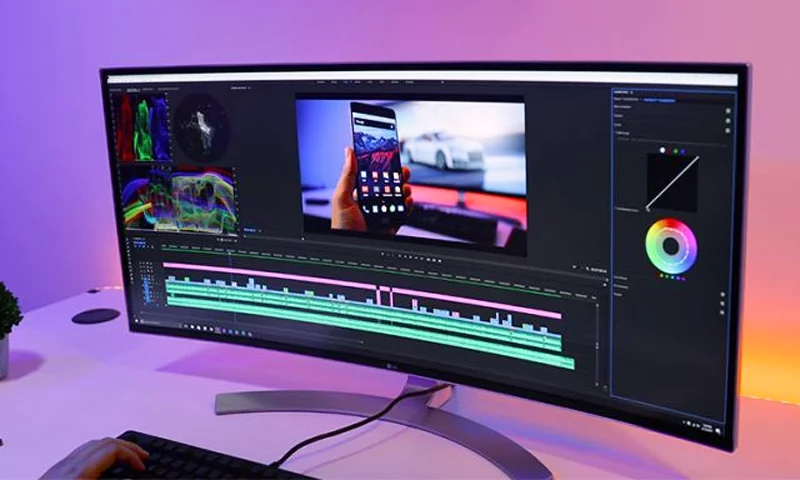
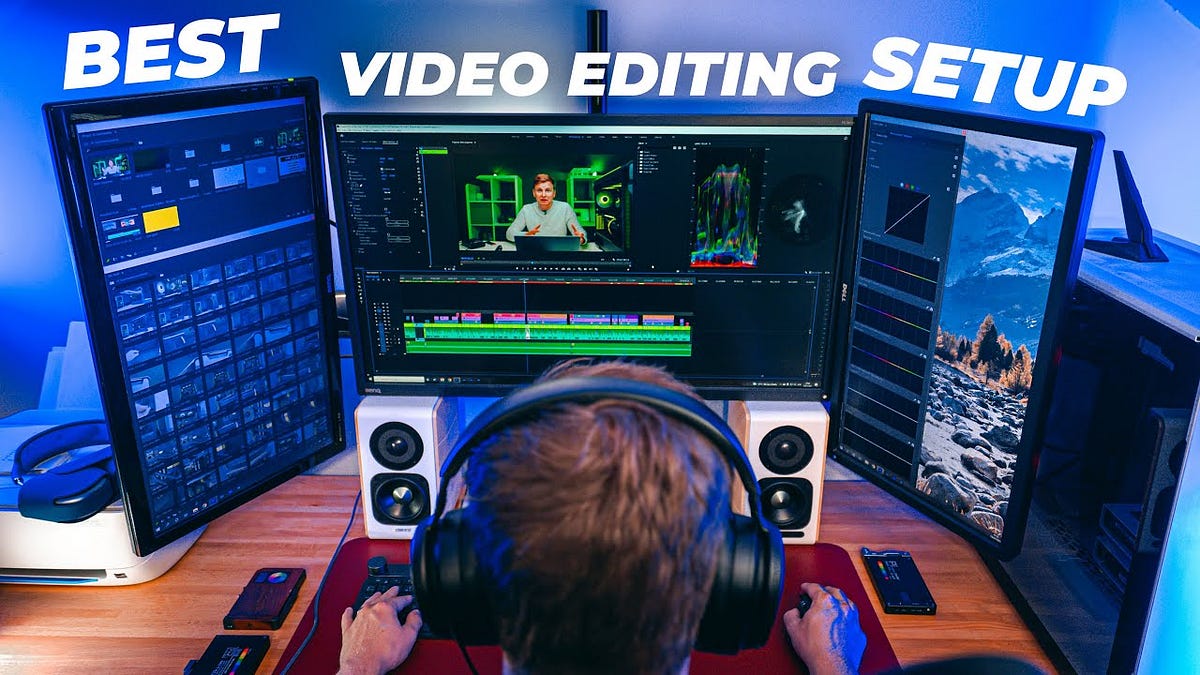
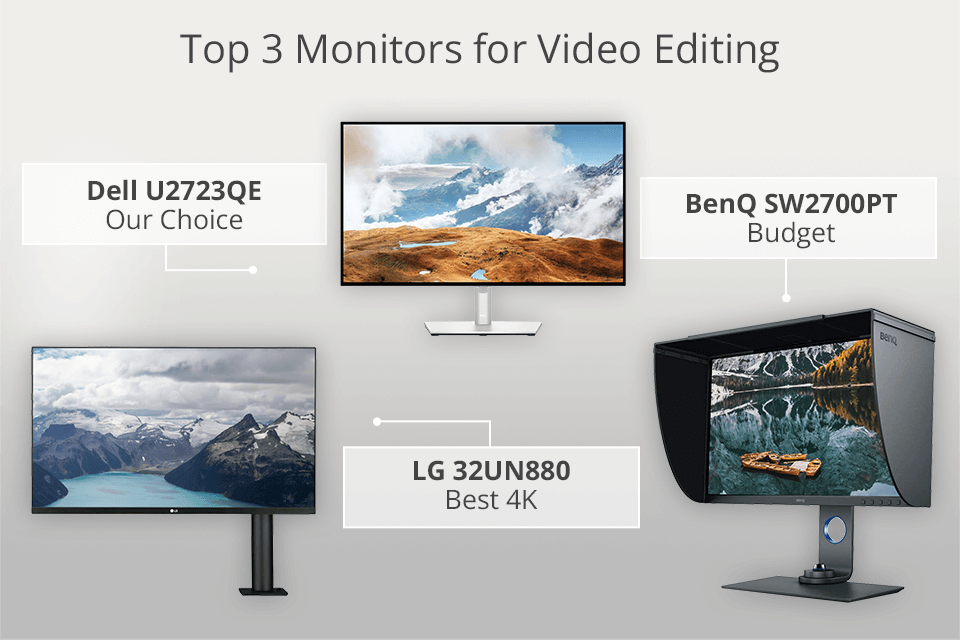
![What Type Of Monitor Is Good For Video Editing Best Monitors For Photo And Video Editing [2021 Guide] - DisplayNinja](https://www.displayninja.com/wp-content/uploads/2020/12/Best-Monitors-For-Photo-and-Video-Editing.jpg)
